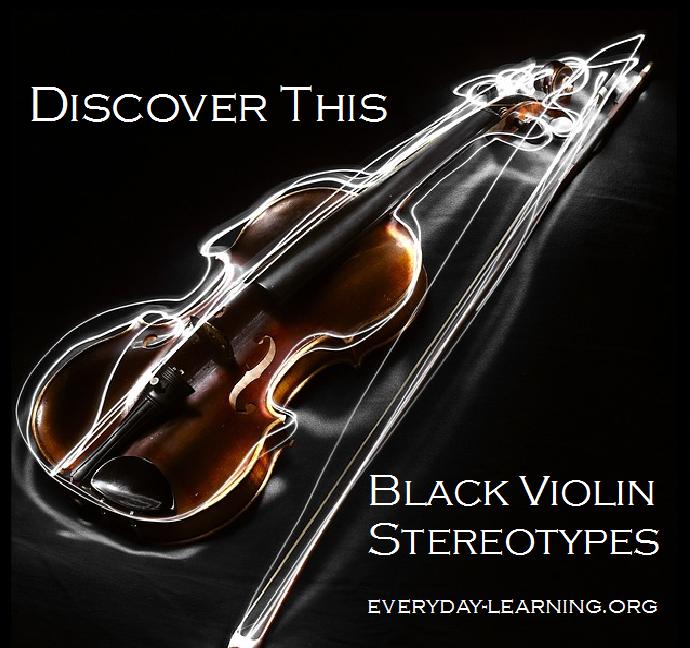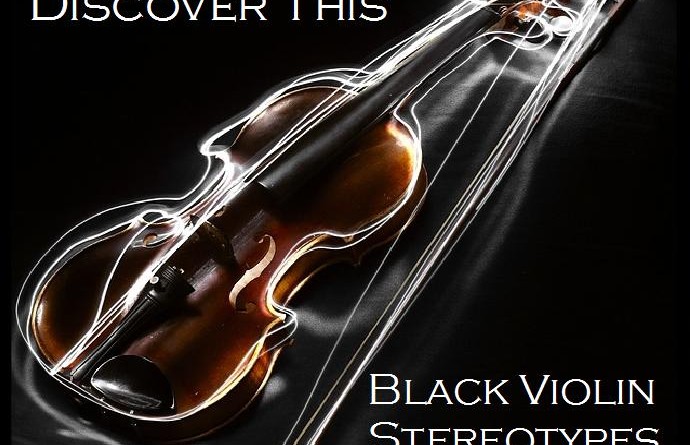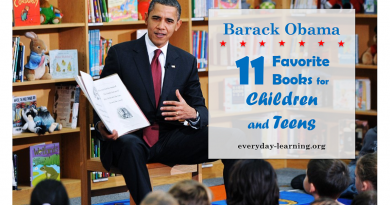Discover This: Black Violin

We all carry stereotypes and assumption with us. In part, it’s how we make sense of the world. Our brains need to quickly sort the hundreds of pieces of information we’re bombarded with every minute into quick categories – so we can know how to respond.
Let me give you an example. What’s the first thing you think of when you see a large, unleashed pit bull in your neighbor’s yard?
Context and personal experience are factors that contribute to the stereotypes we hold. A child who has grown up around pit bulls is unlikely to be afraid of an unleashed dog that they’ve seen before. At the same time, they’ll know to be cautious with an unfamiliar dog. On the other hand, someone who’s been bit by a small dog in the past will likely be afraid and run away from any big dog that is not under direct control of their owner.
The bad part about stereotypes is that they can be unfair and even blatantly untrue. We know with pit bulls, they’re seen as vicious dogs who attack unprovoked. Regardless of actual facts, we often continue to hold stereotypes – even with something as benign as music.
Let me ask you to imagine some music images, now.
- Rock and roll band
Did you see a group of white guys dressed in leather in your mind’s eye?
- Classical musician
Bet you’re thinking Asian girl with a violin, right?
Let’s change it up a bit. What’s the first thing you think of when I describe a Black man in a hoodie holding a violin? Hang on. Before you actually answer that, take a look at this video:
Pretty freaking phenomenal, huh?
Create a mini Music Appreciation class
Let’s start by saying: Music Appreciation is different from Music History. You can learn about mashed-up music and still count it on your homeschool transcript for the year. It’s all about the concepts you focus on.
Here’s a list of ideas to get you started.
- If you liked Black Violin first piece, check out their contemporary take on a more traditional piece – a Bradenburg concerto. Next, watch a classical group perform the same piece. Talk about what is the same and what is different between the two pieces. Can you tell if there’s different instruments used? Which piece do you like better?
- Learn more about Johann Sebastian Bach, the composer of the Brandenburg Symphony. What style of music did he create? Who were some other composers from his time? What was happening in American and the rest of the world during the time he composed music?
- Create a timeline of events and achievements that occurred during Bach’s lifetime. What significant events were happening in American and the rest of the world during the time he composed music? Identify at least 5 major inventions or discoveries that were made? Discuss who in America would have likely heard Bach’s music performed during his lifetime.
- Predict how you think Black Violin got into their classical music career. Next, watch this TEDx Talk by Black Violin to learn about their musical journey. Was anything unexpected? Surprising? Disappointing?
- Younger kids can explore classical music and the instruments used to play it through the New York Philharmonic’s KidZone website.
- Make it personal. Use the free resources from Teaching Tolerance (a Southern Poverty Law Center project) to explore if you hold hidden biases. You can take an online quiz and grapple with some tough but enlightening questions.
- Watch the movie Straight Outta Comptom with your teenager. It tells the story of the rise of the rap group NWA and the censorship problems they encountered with their lyrics and their image. Discuss what exactly is Freedom of Speech and how art pushes the limit. Do stereotypes effect how certain artists and musicians are treated when people in positions of authority feel like there’s something to censor?
- Compare how different musicians, such as Elvis Presley, Johnny Cash, The Rolling Stones, Marilyn Manson, and NWA, have been treated over time when they embrace a less than wholesome image. Have stereotypes effected these musicians in different ways? How has it hurt their success?
 |
 |
 |
music and the power of stereotypes with your kids?




The video is awesome! I love your suggestions for using this with students. I think I’m going to show it to my academic intervention class. Thanks for giving us so many creative ideas as to how we can use it!